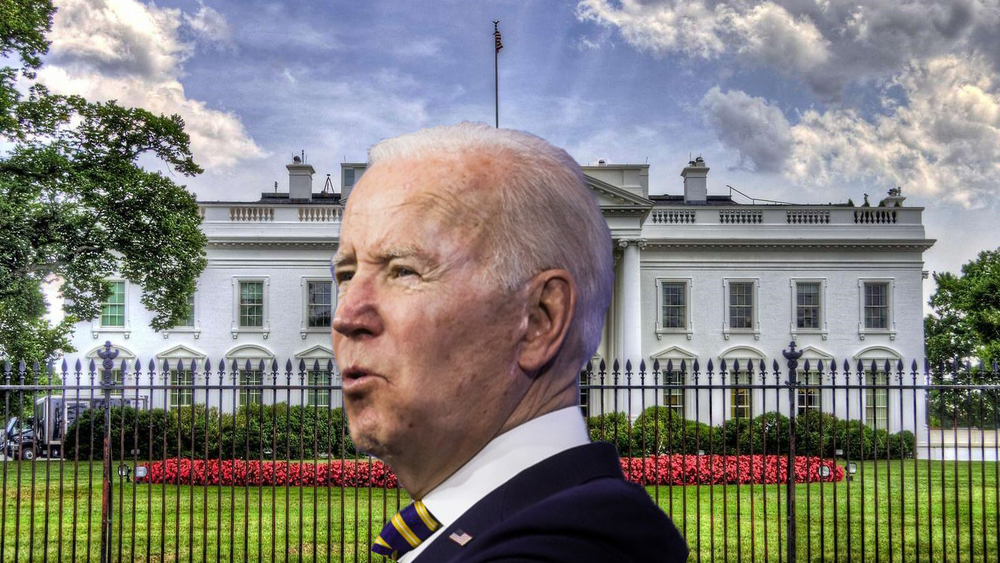
Midterm Primer — The Nuts and Bolts of the Upcoming Election
Midterm Primer — The Nuts and Bolts of the Upcoming Election

Americans will go to the polls on November 6, casting ballots in U.S. midterm elections that will determine which political party controls both chambers of Congress and by what margin. The outcome will impact President Donald Trump's ability to enact his agenda in the second half of his four-year term in office.
The elections could have major consequences for the United States at home and abroad. Continued Republican majorities would ensure Congress remains allied with the White House in many endeavors, while Democratic majorities would seek to check Trump at almost every turn. Split control of Congress would make the two chambers politically adversarial and likely trigger a return to gridlock on Capitol Hill.
Republicans have had majorities in the House of Representatives since 2011 and the Senate since 2015, and have had unified control of both elective branches of the federal government since January 2017. Democrats had unified control in 2009 and 2010, the first two years of the Obama presidency.
In the 100-member Senate, Republicans hold 51 seats, including the vacant seat of the late GOP senator John McCain of Arizona, while Democrats hold 47. There are two independent senators who usually vote with Democrats, effectively giving the party 49 votes in the chamber. Democrats would need a net gain of at least two seats to take control of the Senate.
In the 435-member House of Representatives, Republicans currently have 236 members, compared to 193 Democrats. There are six vacancies that have not been filled by special elections ahead of the midterms. To win a House majority, Democrats would need a net gain of roughly 24 seats, depending on how vacancies play out.
In November, voters will decide 35 Senate seats and all House seats nationwide, plus non-voting members representing U.S. territories. Historically, the opposition party makes gains to varying degrees in midterm contests.
With Republicans clinging to a 51-to-49 seat Senate majority, Democrats would seem to be positioned to seize control of the chamber. This year, however, the numbers do not necessarily add up in their favor. Democrats are defending seats in 26 of the 35 Senate contests; Republicans are defending just nine. As a result, Democrats would have to win four-fifths of Senate races nationwide — 28 seats — to secure a majority.
The challenge becomes even steeper for Democrats given that they are defending seats in 10 states Trump won in 2016, three of which are considered heavily Republican-leaning. A Democratic loss in any of those states — Indiana, Missouri, Montana, North Dakota, West Virginia, Ohio, Florida, Wisconsin, Pennsylvania and Michigan — could put a Senate majority out of reach.
In the House, Republicans begin with a significant numerical advantage, but one that could be erased if 2018 proves to be a "wave" election year favoring Democrats. In 2010, Republicans picked up more than 60 House seats, the biggest midterm gain in recent decades, in what was seen as a referendum on then-President Barack Obama's efforts to reform health care in America. This year, a gain half as big by Democrats would give them control of the House.
Tags
US Politics Trump Speaks on Phone with South Korea’s PresidentNext PostTrump, Democrats on Collision Course for November
Trump Speaks on Phone with South Korea’s PresidentNext PostTrump, Democrats on Collision Course for November






